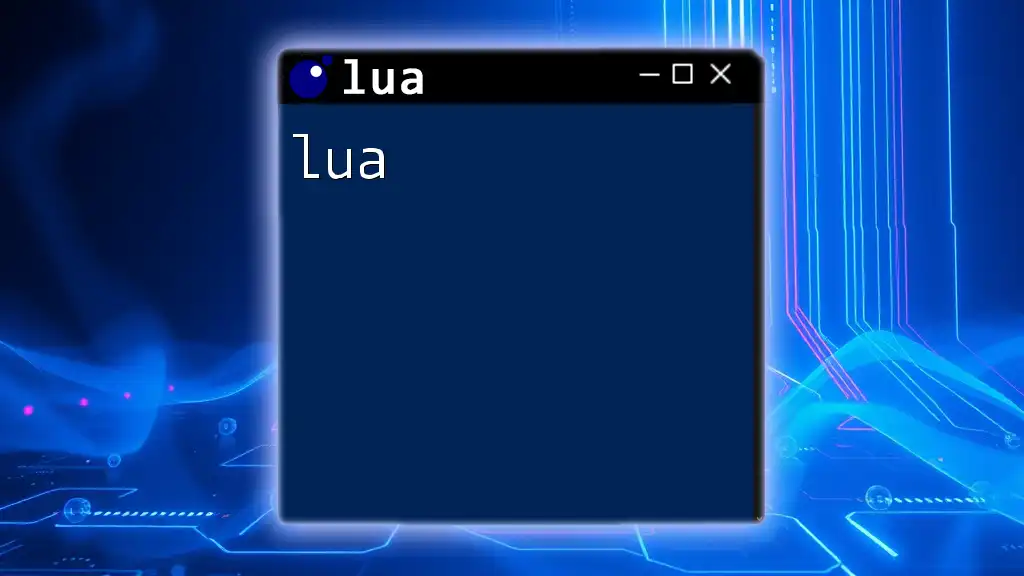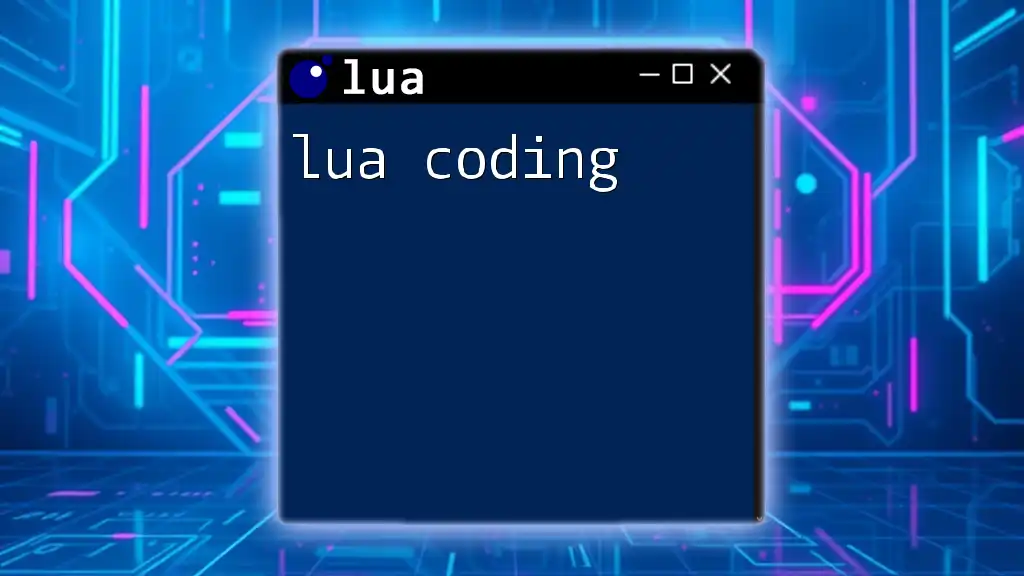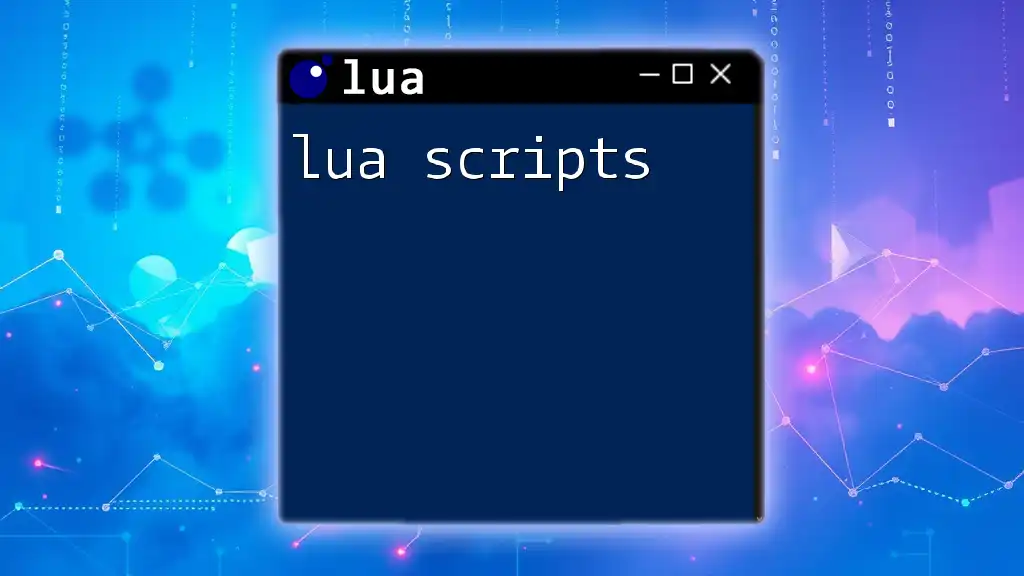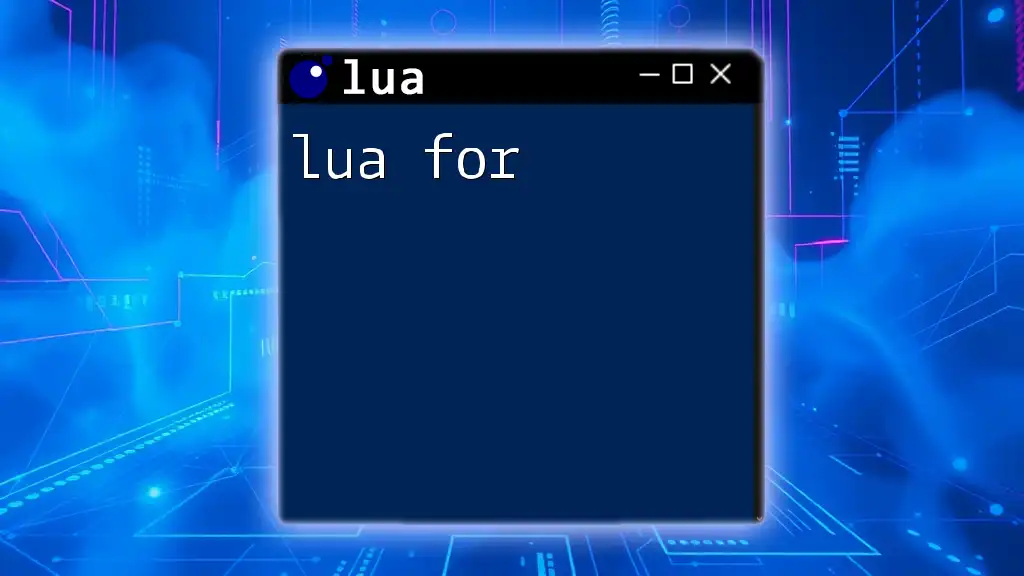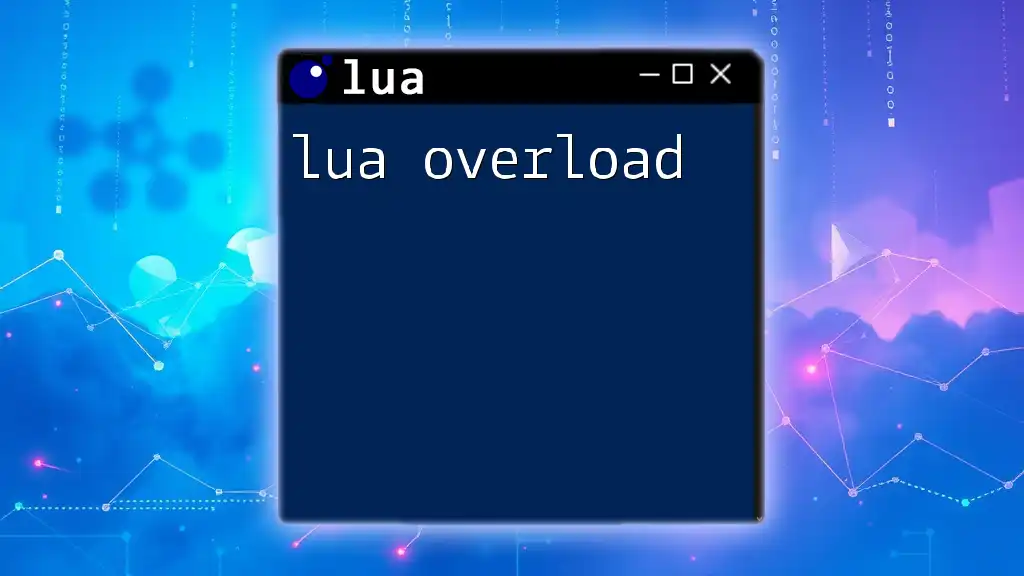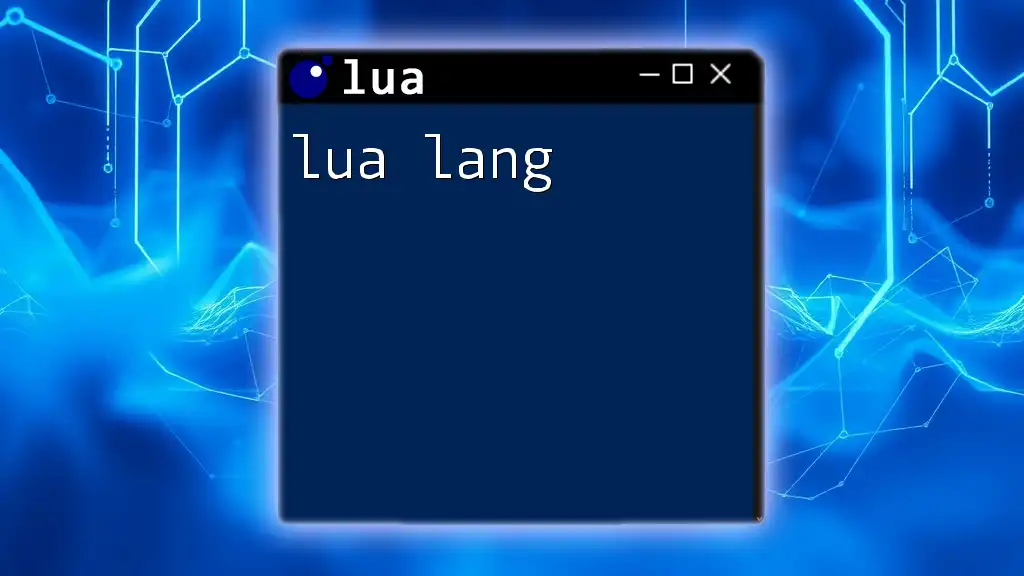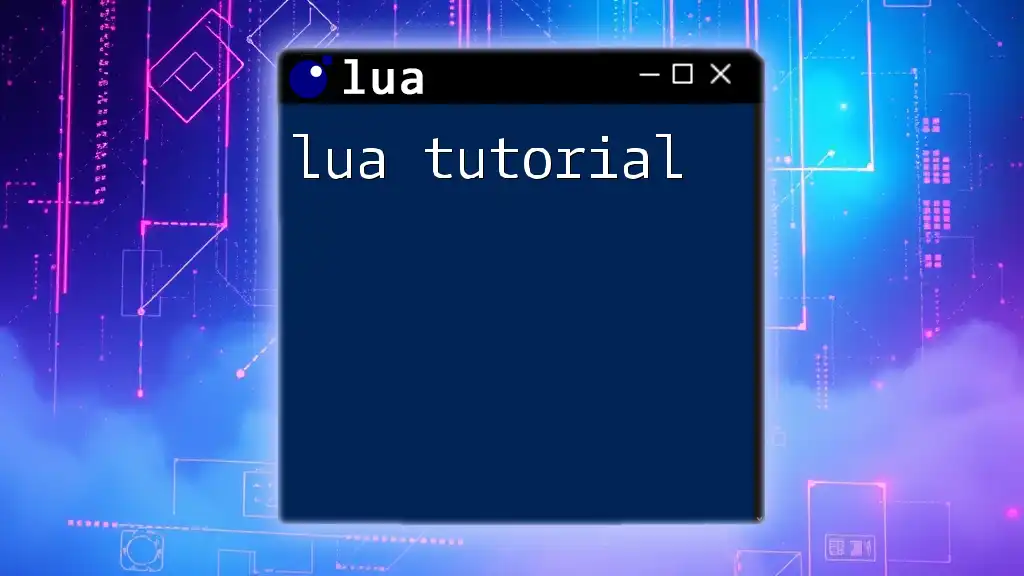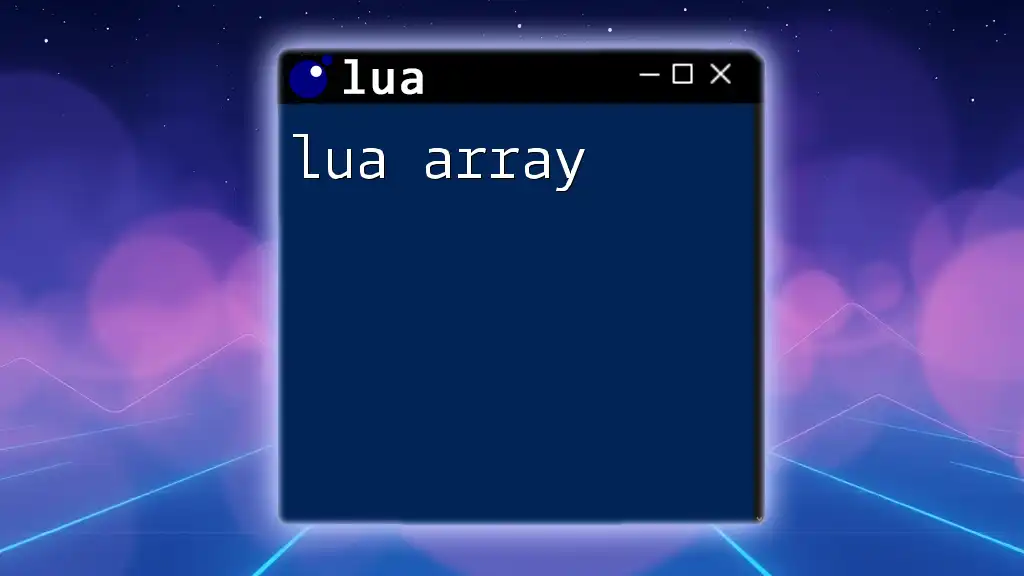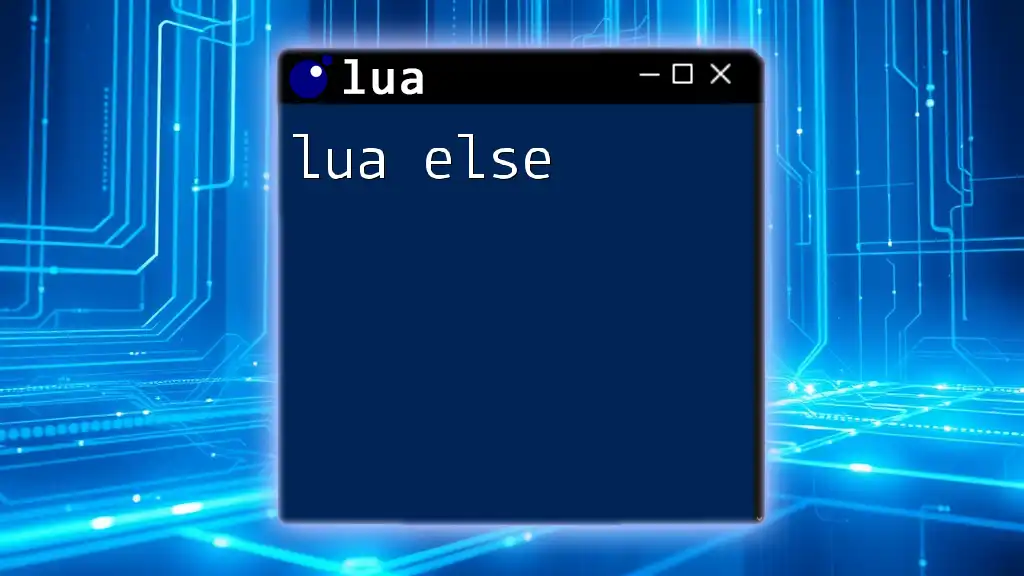Lua is a lightweight, high-level scripting language commonly used for game development and embedded systems, known for its simplicity and flexibility.
Here's a basic example of a Lua script that prints "Hello, World!" to the console:
print("Hello, World!")
Getting Started with Lua
Installation and Setup
Where to Download Lua
To begin your journey with Lua, you'll need to download it from the official [Lua website](https://www.lua.org/download.html). You can find various versions suitable for your platform.
Setting Up Your LUA Environment
Installing Lua varies slightly depending on your operating system:
-
Windows: You can download a precompiled binary package. Unzip it and add the Lua directory to your `PATH` for easy access from the command line.
-
Mac: You can use Homebrew to install Lua by running `brew install lua`.
-
Linux: Most distributions have Lua available in their package manager. You can install it using a command like `sudo apt install lua5.4`.
You can also choose to write Lua code through Integrated Development Environments (IDE) like ZeroBrane Studio or Visual Studio Code, which provide features such as code completion, debugging, and syntax highlighting.
The Basic Syntax of Lua
Variables and Data Types
Lua is dynamically typed, which means you don't have to declare a variable type explicitly. The main data types in Lua are:
- Numeric: Integers and floating-point numbers.
- String: A sequence of characters.
- Boolean: Representing `true` or `false`.
- Table: The main data structure used for arrays, lists, and objects.
You can declare variables simply like this:
local name = "Lua"
local version = 5.4
local isOpenSource = true
Comments in Lua
Comments help you document your code. In Lua, you can use both single-line and multi-line comments.
Single-line comments start with `--`, while multi-line comments are enclosed within `--[[` and `--]]`.
Example:
-- This is a single line comment
--[[
This is a multi-line comment
]]
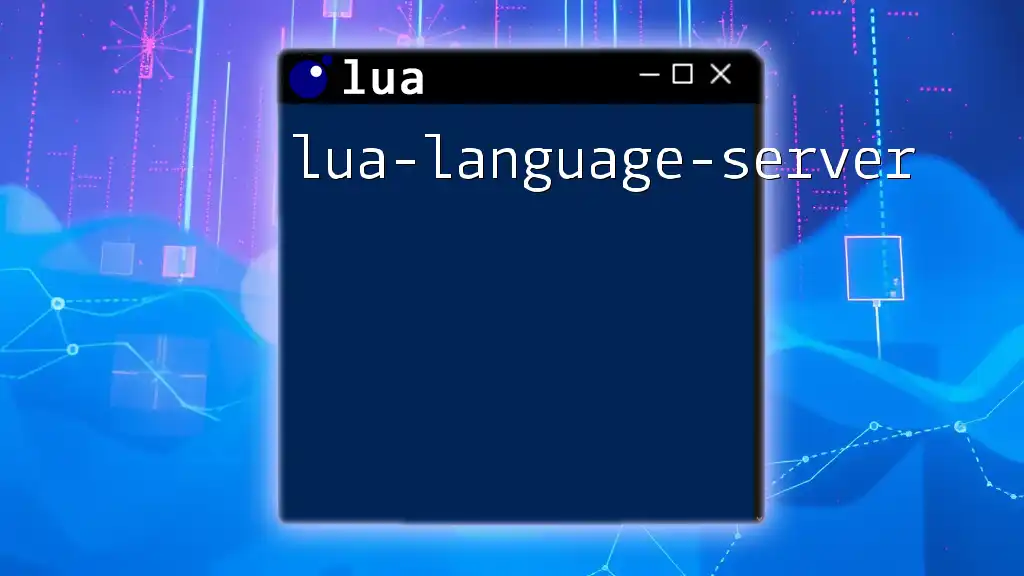
Working with Lua Functions
Defining Functions in Lua
Functions are fundamental in Lua. You can define a function using the `function` keyword, followed by the function name and parameters.
Here's an example of a simple function:
function greet(name)
return "Hello, " .. name
end
print(greet("World")) -- Output: Hello, World
Using Lua [[ and :
In Lua, you can use `[[` to create multi-line strings, which is useful for longer text without worrying about escaping new lines.
Here's an example of using `[[`:
local multilineString = [[
This is a
multi-line string
]]
print(multilineString)
Using `:`
The colon `:` operator allows you to define methods in a way that automatically passes the object as the first parameter.
Example of a method using `:`:
Person = {}
function Person:new(name)
local obj = {}
setmetatable(obj, self)
self.__index = self
obj.name = name
return obj
end
function Person:sayHello()
return "Hello, my name is " .. self.name
end
local p = Person:new("Alice")
print(p:sayHello()) -- Output: Hello, my name is Alice
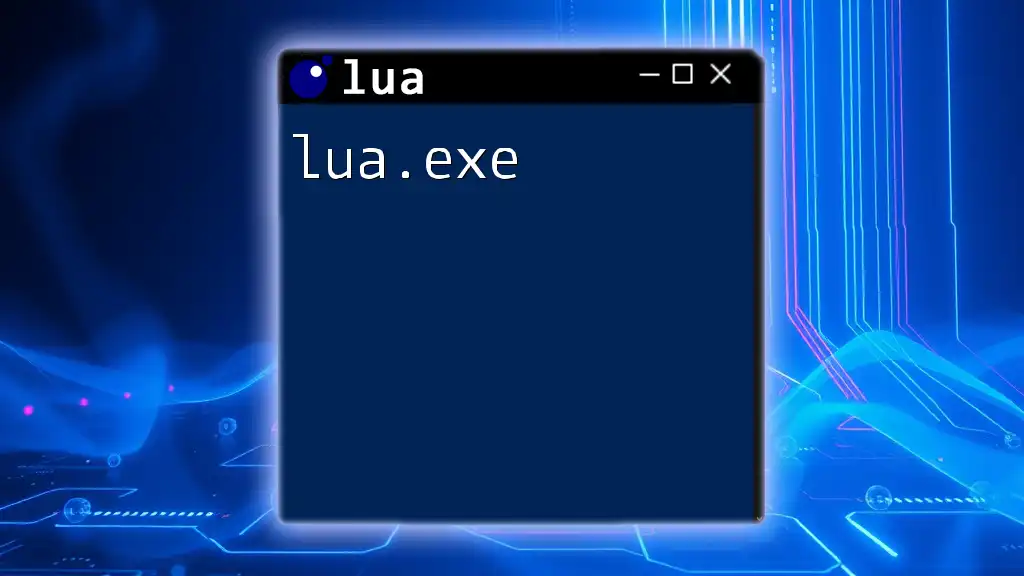
Lua Data Structures
Understanding Tables
What are Tables?
Tables are the heart of Lua's data structure. They can be used to create arrays, objects, and dictionaries. Unlike traditional arrays, Lua tables are indexed with keys that can be of any type—strings, numbers, etc.
Creating and Manipulating Tables
You can create a table using curly braces `{}`. Here’s a basic example:
local fruits = {"Apple", "Banana", "Cherry"}
print(fruits[1]) -- Output: Apple
fruits[#fruits + 1] = "Orange"
Advanced Table Concepts
You can also create nested tables. For instance:
local users = {
{name="Alice", age=30},
{name="Bob", age=25}
}
print(users[1].name) -- Output: Alice
Using .lua Files to Organize Your Code
Organizing your Lua scripts into files helps maintain clarity and management. You can create a module in a `.lua` file like this:
-- mymodule.lua
local M = {}
function M.add(a, b)
return a + b
end
return M
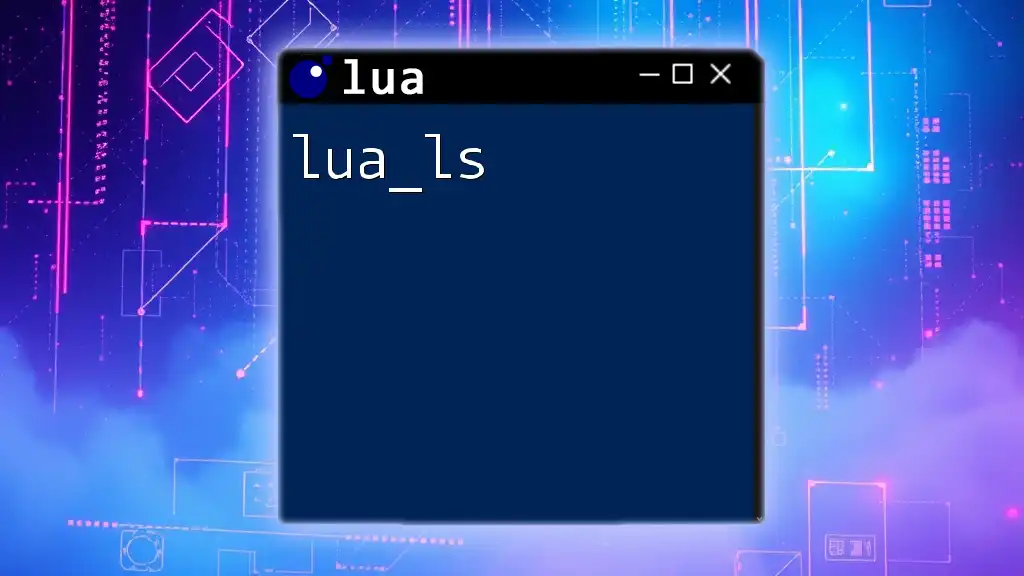
Control Structures in Lua
Conditional Statements
Conditional statements in Lua use `if`, `elseif`, and `else`. This structure allows you to execute different blocks of code based on certain conditions.
Example:
local age = 18
if age < 18 then
print("Minor")
elseif age == 18 then
print("Just an adult")
else
print("Adult")
end
Loops in Lua
For Loop
The `for` loop is commonly used for iterating over a sequence or a collection.
for i = 1, 5 do
print(i)
end
While Loop
A `while` loop continues as long as a specific condition is true.
Example of iterating through a table:
local i = 1
while i <= #fruits do
print(fruits[i])
i = i + 1
end
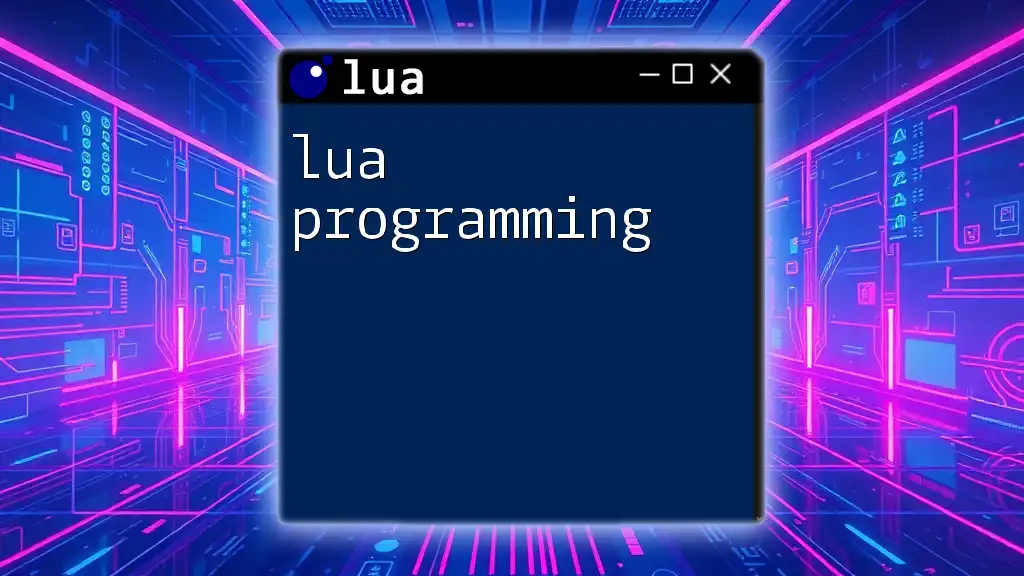
Lua Libraries and Modules
Importing and Using Libraries
Lua has a variety of built-in libraries. For instance, the `math` library provides mathematical functions.
Example:
print(math.sqrt(16)) -- Output: 4
Creating and Utilizing Your Own Libraries
You can package your commands in separate Lua files and use them as libraries. After writing your module, use the `require` function to call it:
local mymodule = require("mymodule")
print(mymodule.add(5, 3)) -- Output: 8
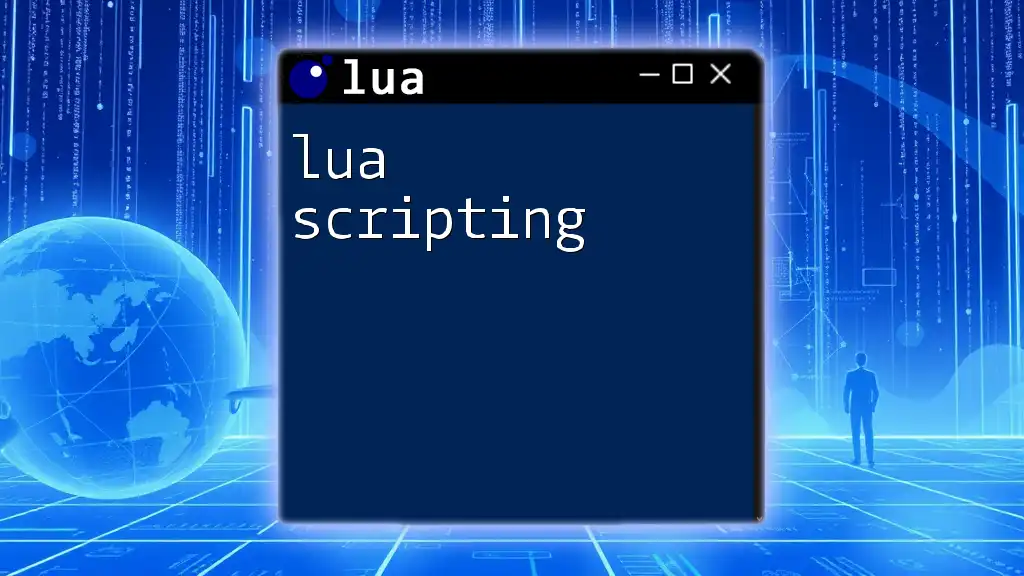
Debugging and Best Practices in Lua
Basic Debugging Techniques
Debugging is a crucial part of programming. Common errors include syntax errors and runtime errors. You can identify and rectify errors by adding `print` statements throughout your code during development.
Best Practices for Writing Lua Code
- Clarity: Write code that is easy to read. Use meaningful variable names.
- Commenting: Document your code adequately, so others (or you in the future) can easily understand its purpose.
- Structure: Organize your scripts neatly. Aim for logical sections and modular design.
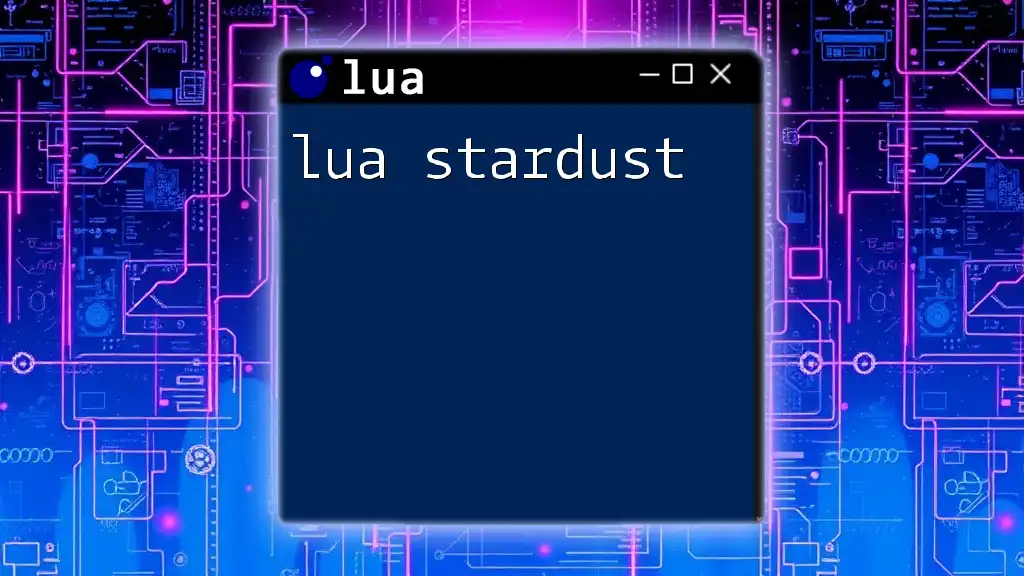
Conclusion
Lua is a powerful, lightweight scripting language that offers a unique blend of features for developers. By mastering its syntax and core concepts, you can leverage Lua for various applications, from game development to embedded systems. Practice through real coding examples is crucial to solidify your understanding and skills in Lua.
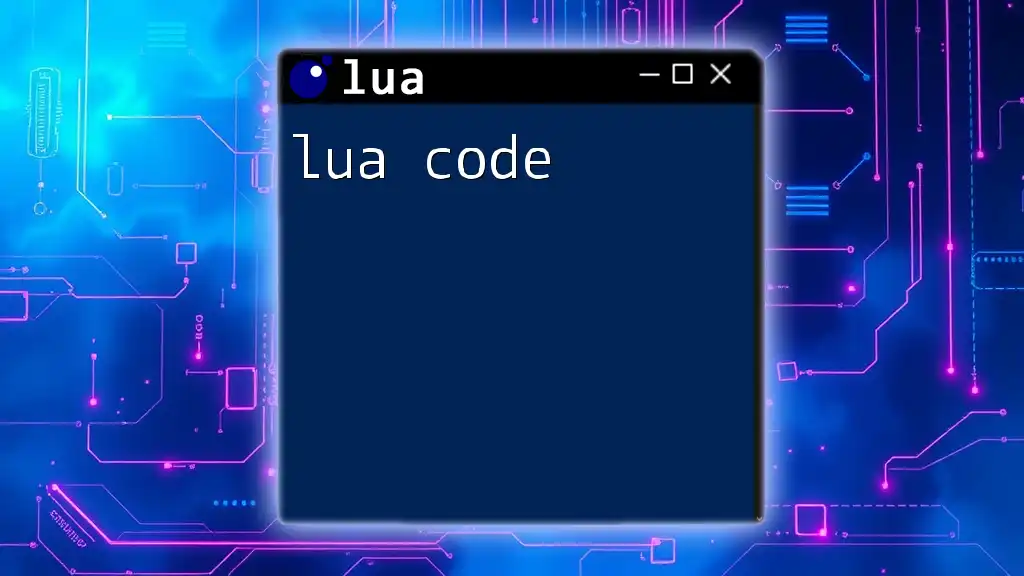
Further Resources
For more in-depth learning, consider exploring recommended books, websites, and tutorials that delve deeper into the nuances of Lua programming. Happy coding!

